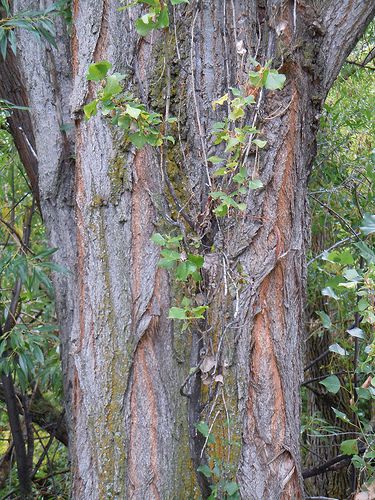-
 Acrosome
Acrosome
-
 Sodium
Sodium
-
 LEP
LEP
-
 Trackback
Trackback
-
 Teflon
Teflon
-
 Leukoplakia
Leukoplakia
-
 Villi
Villi
-
 Cone
Cone
-
 Heisenberg equation
Heisenberg equation
-
 NTSC
NTSC
-
 Epidural
Epidural
-
 Interferometer
Interferometer
-
 Electroencephalograph
Electroencephalograph
-
 Windscale nuclear power station fire
Windscale nuclear power station fire
-
 OLEV
OLEV
-
 Americium
Americium
-
 Glucose
Glucose
-
 Endive
Endive
-
 ETBE
ETBE
-
 Antenna
Antenna
-
 Rowan
Rowan
-
 Rift
Rift
-
 Nucleic acid
Nucleic acid
-
 Partial eclipse
Partial eclipse
-
 Lumbar vertebra
Lumbar vertebra
-
 Galliformes
Galliformes
-
 Thermoset
Thermoset
-
 Cyclone
Cyclone
-
 VLAN
VLAN
-
 ASN. 1
ASN. 1
Black poplar
A very common tree, the black poplar can reach heights of 25 to 35 m. The black poplar is a superb and elegant cousin of the white poplar.

Populus nigra. © Matt Lavin, Flickr CC by nc-sa 3.0
Names
The black poplar (Populus nigra), is a member of the Salicaceae family.
Botanical description of the black poplar
The crown of this species has almost horizontal branches, with the ends divided into delicate twigs, the whole being quite rounded. Its bark is greenish brown and cracks with age. Its deciduous leaves, are green and turn yellow in autumn, are dentate, oval and triangular, and end in a point.The axil has a long pointed petiole with chestnut coloured buds. Its flowers are reddish or silvery white hanging catkins and appear in March - April.

Black poplar. © Manuel M Ramos, Flickr CC by nc-sa 2.0
Origins
This tree, originally from Asia Minor, appeared in France in 1745, coming from Italy.
Growing conditions of the black poplar
Like most poplars, this tree likes deep soil with plenty of water. Very demanding in terms of light, it is not found in dense settlements, but rather in small clumps.
Use
Resistant to pollution, the black poplar is planted along roads. Its buds are used for medicinal purposes to treat rheumatism and gout. They are used to make a wine that is an excellent cough remedy.
Author: Michel Caron
 Black poplar. © Matt Lavin, Flickr CC by sa
Black poplar. © Matt Lavin, Flickr CC by sa
Latest
Fill out my online form.



